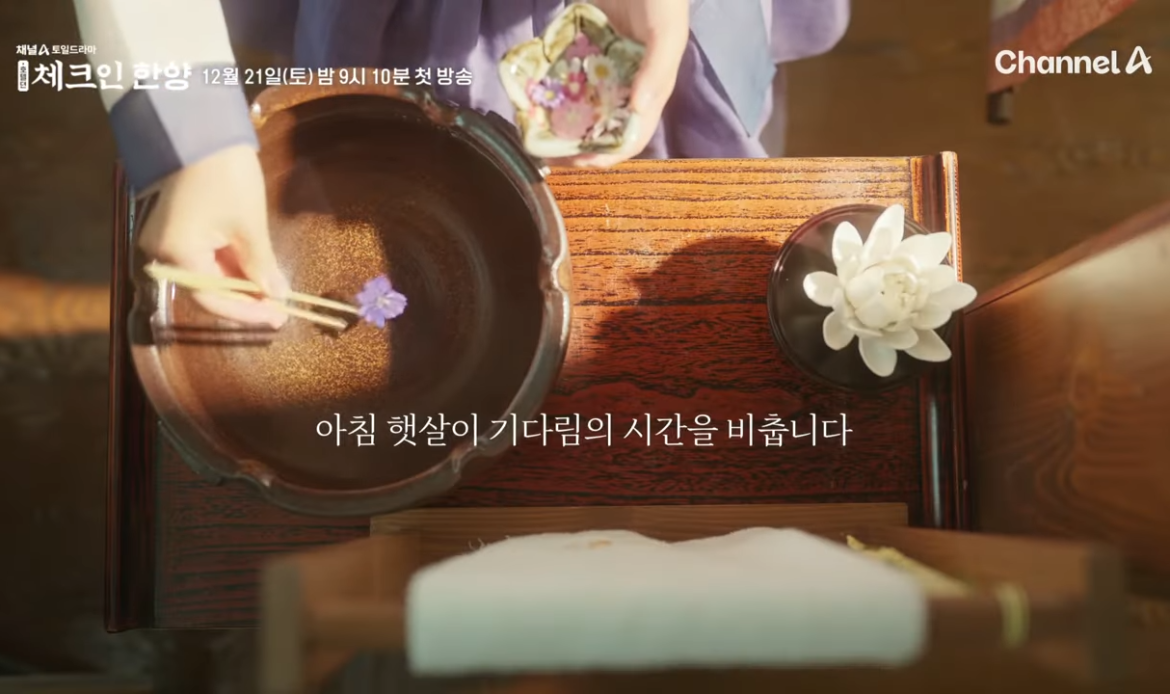What if there were hoteliers during the Joseon Dynasty?
Historical fiction dramas are becoming increasingly popular in South Korea, and Channel A’s Check-in Hanyang is capturing viewers’ imaginations by exploring the lives of hoteliers in a Joseon-era luxury inn.

The Setting: Yongcheonru – A Premier Joseon-Era Inn
The drama begins with the premise that Yongcheonru, a top-tier inn, is situated opposite Gwanghwamun, the royal palace gate. In Joseon times, inns were called yeogak, as the term “hotel” did not exist. Yongcheonru is depicted as a luxurious yeogak, offering an exclusive experience.
The story follows the recruitment of trainee attendants (known as sahwan) for Yongcheonru. Each character, known collectively as the “Haona Four,” has their own reasons for entering the inn, and the narrative unfolds as they grow together, learning the ropes of this unique hotel environment.

Meet the Haona Four
- Moo Young-gun Lee Eun
- The king’s son, Lee Eun, holds the title of gun rather than daegun because he is not the legitimate heir. Despite this, his royal lineage gives him significant influence.
- Lee Eun becomes upset when he discovers that Yongcheonru uses the royal family’s insignia to offer guests “king-like” treatment in exchange for money. This prompts him to investigate further. During his investigation, he overhears the innkeeper, Chun Makdong, having a secret conversation with the king. To uncover the truth, he requests permission from the king to join Yongcheonru as an attendant, tasked with retrieving a hidden key, the Hwangdong Geumshi.
- Hong Deoksu (Born Hong Jaeon)
- Jaeon was born into a noble family but had to disguise herself as a man after witnessing her father’s murder by Seol Maehwa, the inn’s former owner. Her father left her with a mysterious key and a warning to stay away from Yongcheonru. Driven by revenge, Jaeon enters the inn as a trainee under the alias Hong Deoksu.
- Chun Junhwa
- The son of the current innkeeper, Chun Junhwa is the heir to Yongcheonru. He forms a bond with Deoksu after helping each other on their first day.
- Go Sura
- A hardworking young man whose initial mishaps—such as wearing the wrong uniform—lead him to become entangled with the others. Together, they form a team of trainees who must navigate the challenges of life at Yongcheonru.

Episode 1 Highlight: Gold Bing (Joseon-Era Shaved Ice)
Yongcheonru, being the most prestigious inn of its time, serves Gold Bing—a premium shaved ice dessert limited to just five servings per day. This dessert, reminiscent of modern-day patbingsu (shaved ice with sweet toppings), features condensed milk as a luxurious ingredient.
While it might seem surprising that shaved ice existed during the Joseon Dynasty, historical records mention ice being stored in icehouses (seobinggo) and used to create delicacies like bing and hwachae (fruit punch). In the drama, the scarcity of Gold Bing sparks humorous yet dramatic scenes, such as high-ranking women using their influence to cut in line.

Why International Audiences Will Love It
Check-in Hanyang isn’t just a historical drama; it’s a fresh take on the fusion of modern hotel management with Joseon-era culture. The setting, characters, and unique culinary references make it an intriguing series for those curious about Korean history with a fantastical twist.
Would you check into Yongcheonru?
Another Highlight: The Beauty of Joseon-Era Hanbok, Hanok, and Hansik
Check-in Hanyang offers viewers a feast for the senses with its stunning portrayal of Joseon-era culture. The drama showcases the elegance of hanbok (traditional Korean clothing), the architectural charm of hanok (traditional Korean houses), and the rich flavors of hansik (traditional Korean cuisine).
Each scene is a celebration of Korea’s historical aesthetics, making it an immersive experience for anyone interested in the beauty and traditions of the Joseon Dynasty.
Would you like this section expanded or adjusted for a specific audience?


